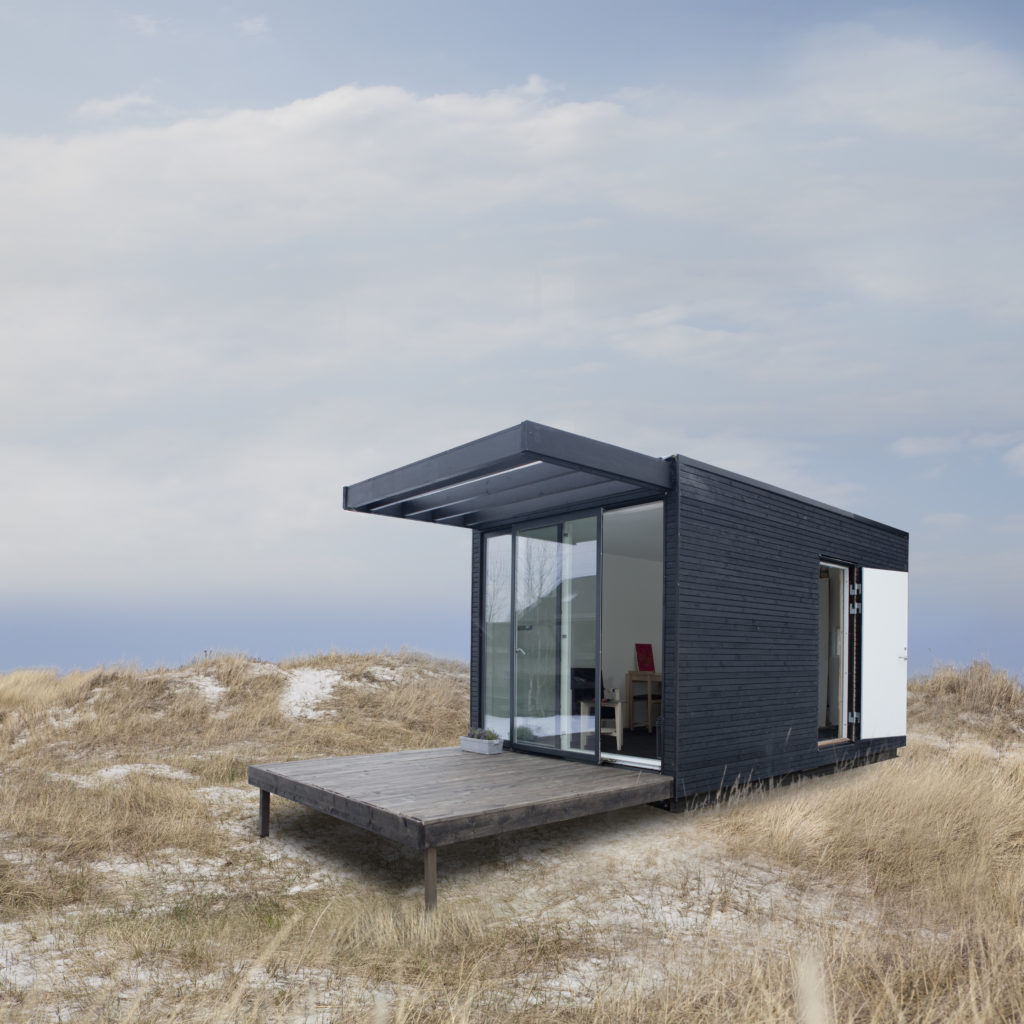
A new approach to materials
At the start in 2010, Add a Room was something of a pioneer in the otherwise very traditional housing market. Trends such as tiny-living at this time had not received the deserved attention that exists around the area today, and the pressure from consumers on sustainable products was nowhere near where it is today.
Much has changed since then, and we are pleased with the increasing competition and awareness of sustainable housing. The increased focus has also led to a large increase in new materials, which constantly challenges the sustainability profile of traditional construction.
The game plan changes daily, which means that we must constantly evaluate our materials, and not lean back on old feats. At the same time, we are proud that the assessments of some materials 2010 are still relevant today. Below we have listed the premises on which our material choices are based.
Life cycle energy consumption
In a house built for decades, products life cycles are an important factor. This also takes into account the material’s recycling possibilities. The most important tool for this assessment is the products EPD (Environmental Product Declaration).

Impact on the local environment
We believe that the house’s impact on the local ecosystem extends beyond the material choices, and therefore we are proud to work with the Fremtidens Fundament and thus always offer screw foundations, a type of foundation that is not only friendlier to the local environment, but also saves 90% of CO2-emissions compared to a traditional concrete foundation. In addition, the screws can be picked up if you want to move the house to another location.

A healthy indoor environment
For us, it is obvious that an Add a Room should be healthy to live in, free from dust and problematic particles. Here Danish Indoor Climate Labelling is the pin we are looking for.
Add a Room is built at the factory under protected conditions so that no moisture is generated in the house during the construction process.

Social factors
We make social and environmental demands on suppliers and investigate whether they live up to the intentions for social responsibility. The term is most often used as a synonym for CSR (Corporate Social Responsibility), which means that companies act globally and socially responsibly, for example by considering human rights, social conditions, working conditions, environment, climate and the like.

Hopes of win-win situations
We believe that transparency is a key factor in enabling you to compare your options. Therefore, we try to give as complete an insight into the environmental impact of our materials as possible, while the materials are constantly changing. Under the sub-tab for each material, we refer to the materials’ environmental impact with possible certifications and EPDs. We believe that this is a win-win situation – you get an overview of your house choice, while we constantly get new eyes on our product. If you are missing something, think something is unclear or have suggestions for alternative materials, we would be very grateful to hear from you!
